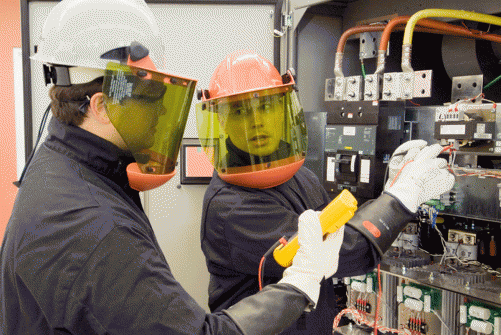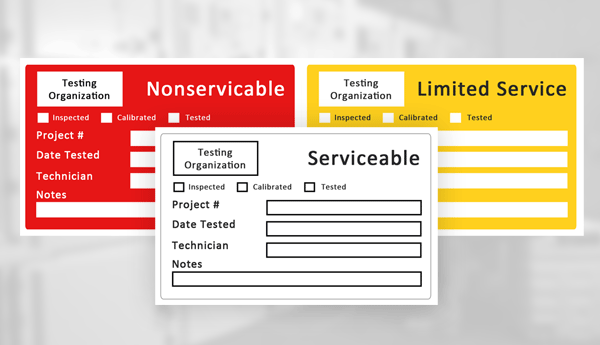Primary injection testing of a circuit breaker. Photo: YouTube
Periodic inspection and testing of power circuit breakers almost always includes a visual inspection, calibrating the overcurrent protection, contact resistance and insulation tests, but how often do you perform these other important, and often overlooked, checks and tests?
The three-point method is the most thorough and reliable test method; used for measuring resistance to earth of an installed grounding electrode.
The ability to properly measure ground resistance is essential in preventing costly downtime due to service interruptions caused by poor grounds.
The procedures for earth resistance testing are referenced in IEEE Standard No. 81. Four of the most common methods of ground resistance testing used by test technicians are discussed below:

It is important to note that a person can be considered qualified with respect to certain equipment and methods, but still be unqualified in other situations.
Working with electrical power has always been a risky business, and potential hazards - including arc flash - are on the rise.
Because of the severe and often devastating consequences of arc flash incidents (which claim at least one life every workday), the NFPA is using several strategies to facilitate worker safety starting with the requirement that workers be properly qualified for the work being performed.

ANSI/NETA ATS specifies the requirements for field testing labels in Section 5. Photo: TestGuy.
Test decals are an important part of any electrical maintenance program, they provide immediate indication of the last maintenance date and the overall condition of the specific devices that have been tested and maintained in the field.
This can assist employees in the assessment of the overall electrical equipment maintenance status.
Sharpen your skills with our collection of quizzes on electrical safety, maintenance & testing of electrical equipment and industry standards.
Tech Quiz Study Guide